Overview
The bobcat, scientifically known as Lynx rufus, is a unique wildcat indigenous to North America. Part of the Lynx genus, it shares some characteristics with other lynxes but is particularly notable for its distinct features. Among these are its tufted ears, which are not just an aesthetic trait but may enhance hearing capabilities. In addition to the tufts, the bobcat has ruffs of fur that line either side of its face, giving it a fuller, more pronounced facial appearance. These ruffs may serve as camouflage, breaking up the outline of the face when the bobcat is stalking its prey.
Known for its adaptability, the bobcat can thrive in various environments. Unlike other feline species specialized for specific terrain or climates, the bobcat is a generalist, capable of living in forests, mountainous regions, semi-deserts, and even in the peripheries of urban areas. This adaptability is a testament to its evolutionary success, allowing it to exploit various niches and food sources. Within these diverse habitats, bobcats are skilled climbers and swimmers, although they prefer to avoid water when possible.
Despite being highly adaptable, bobcats are generally elusive creatures that tend to avoid human interaction. They are crepuscular, which means they are most active during the dawn and dusk. This behavior likely helps them avoid both human activity and the day's intense heat in warmer climates. As opportunistic predators, bobcats play a crucial ecological role in controlling populations of smaller animals, such as rodents and rabbits. Their diet can vary depending on the food availability in their specific environment, which further exemplifies their adaptability. In controlling populations of smaller mammals, they help maintain the health and balance of their ecosystems.
Physical Description
The bobcat is a medium-sized wildcat with a robust build and strong limbs designed for stalking and capturing prey. The fur is variable in color but generally ranges from a yellowish-brown to greyish-brown, often with darker spots and stripes that offer camouflage in their natural habitat. The bobcat's face features a distinctive ruff of hair along the sides and tufted ears. Its eyes are yellow, and it has sharp, retractable claws.
The bobcat's tail is noticeably short and "bobbed," usually between 4 to 7 inches long, where the species gets its common name. The body size can vary significantly depending on gender and geographic location, but females are generally smaller than males. Despite their smaller stature, bobcats are surprisingly powerful and agile, capable of running, climbing, and swimming effectively.
-
Lifespan:
Wild: ~7 Years || Captivity: ~15 Years
-
Weight:
Male: 16-30 lbs (7.3-13.6 kg) || Female: 10-20 lbs (4.5-9.1 kg)
-
Length:
Male: 30-50 inches (76-127 cm) || Female: 29-40 inches (73-101 cm)
-
Height:
Male: 18-24 inches (45-61 cm) || Female: 17-22 inches (43-56 cm)
-
Top Speed:
30 mph (48 km/h)
-
Characteristic:
Ambush Predator, Carnivore, Crepuscular, Cursorial, Dominance Hierarchy, Mesopredator, Not a Migrant, Polygynandry, Scavenger, Solitary, Starts with B, Terrestrial, Territorial, U.S. States Animals, Viviparous
Native Habitat:
Bobcats are highly adaptable animals and can be found in a wide range of habitats across North America. They are commonly found in forests, swamps, deserts, and even on the outskirts of urban and suburban areas. Their adaptability allows them to live in various terrains, including mountainous regions and flatlands.
While they prefer areas with dense vegetation for hiding and stalking prey, bobcats are not highly territorial. Their home range can vary significantly depending on food availability and other resources, but they usually mark their territory with scent markings to establish boundaries.
-
Climate Zones:
-
Biomes:
-
WWF Biomes:
Deserts and Xeric Shrublands, Flooded Grasslands and Savannas, Mediterranean Forests, Woodlands, and Scrub, Temperate Broadleaf and Mixed Forests, Temperate Coniferous Forests, Temperate Grasslands, Savannas, and Shrublands, Tropical and Subtropical Dry Broadleaf Forests, Tropical and Subtropical Grasslands, Savannas, and Shrublands
-
Biogeographical Realms:
-
Continents:
-
Countries:
-
Diet:
Diet & Feeding Habits:
Bobcats are obligate carnivores, feeding smaller mammals like rabbits, hares, and rodents. They use keen senses of sight and hearing to locate prey, followed by a stalk-and-pounce method for capturing it. While smaller prey forms the core of their diet, bobcats are opportunistic and can feed on larger animals such as deer, especially during winter when smaller prey is scarce.
Although generally solitary hunters, bobcats can sometimes be seen hunting in pairs, particularly during the mating season; they usually consume the prey immediately. Still, they may also cover it with leaves or debris to return later. Their adaptability allows them to forage within a diverse range of habitats, making them one of the most versatile predators in North America.
-
Mating Behavior:
Mating Description:
Bobcats generally mate in the late winter to early spring, although this timing can vary depending on the region. During the mating season, males may roam extensively to find a mate, covering a larger home range than usual. Both males and females engage in vocalizations, such as growls and screams, to communicate during this period.
After mating, the female prepares a den to give birth and raise the young. The gestation period lasts approximately 50 to 70 days, culminating in the birth of a litter of kittens. These kittens are blind and helpless at birth, fully dependent on the mother for food and protection.
-
Reproduction Season:
January to April
-
Birth Type:
-
Pregnancy Duration:
~70 Days
-
Female Name:
Queen
-
Male Name:
Tomcat
-
Baby Name:
Kitten
-
Conservation Status:
-
Population Trend:
-
Population:
Wild: ~1,020,000 || Captivity: Unknown
Population Description:
Bobcats are widely distributed and relatively abundant in many parts of North America. According to the International Union for Conservation of Nature (IUCN), they have a stable population trend overall. While they face some degree of hunting and trapping, they are generally not a species of high conservation concern.
However, bobcat populations have declined in certain regions due to habitat loss, vehicular collisions, and other human-related activities. Comprehensive management plans that include regulated hunting and habitat conservation measures are essential for maintaining stable bobcat populations in the long term.
Population Threats:
The primary threats to bobcats include habitat destruction, vehicular collisions, and hunting. While they are remarkably adaptable and can live in fragmented habitats, extensive habitat loss can still have detrimental impacts. Roads and highways pose significant risks, as they can be hotspots for vehicle-bobcat collisions.
In some areas, bobcats are hunted for their pelts, which can impact local populations if not carefully regulated. In addition, secondary poisoning from rodenticides used to control pests can also be a concern, especially for bobcats living near agricultural or urban areas.
Conservation Efforts:
Conservation efforts for bobcats generally focus on habitat preservation and sustainable hunting practices. Some states have established hunting seasons and regulations to ensure the bobcat population remains stable. These measures include bag limits and restrictions on animal-taking methods.
Furthermore, various organizations work to protect critical bobcat habitats and corridors that allow for genetic diversity and population stability. Educational initiatives to reduce vehicle collisions and secondary poisoning are also part of ongoing conservation efforts.
Fun Facts
- Bobcats can leap up to ten feet in a single jump.
- Despite their size, bobcats can take down prey much larger than themselves.
- Bobcats are proficient swimmers but generally avoid water.
- The bobcat's calls can sometimes be mistaken for those of a domestic cat.
- They have excellent night vision, which aids them in hunting.
- Bobcats have been known to cover large distances, up to 25 miles in a single night, in search of food.
- The bobcat's short tail provides it with better balance and agility.
- Bobcats can live in altitudes ranging from sea level to 9,000 feet.
- They have a keen sense of smell and hearing, which aids them in locating prey.
- Bobcats are skilled climbers and often perch in trees to scan their surroundings or to evade predators.

















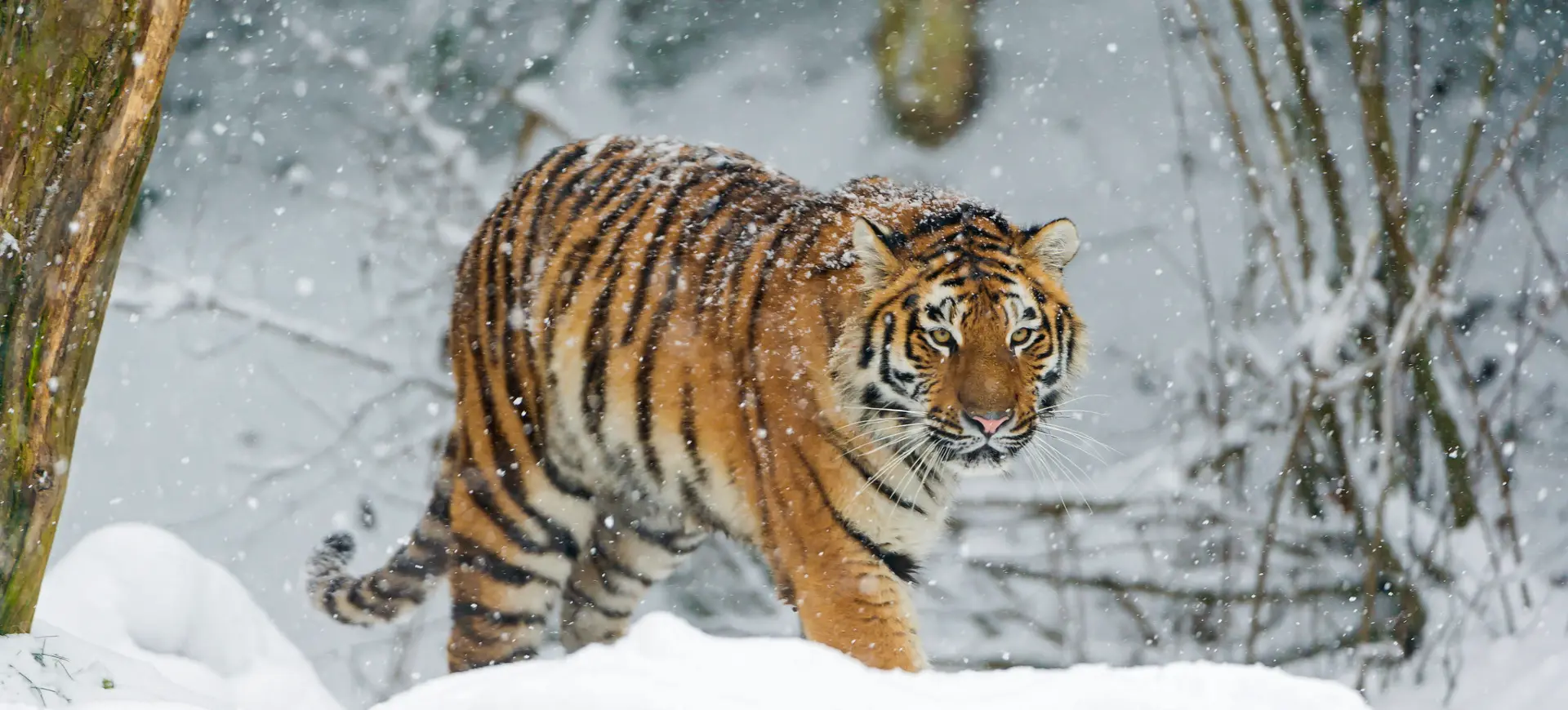
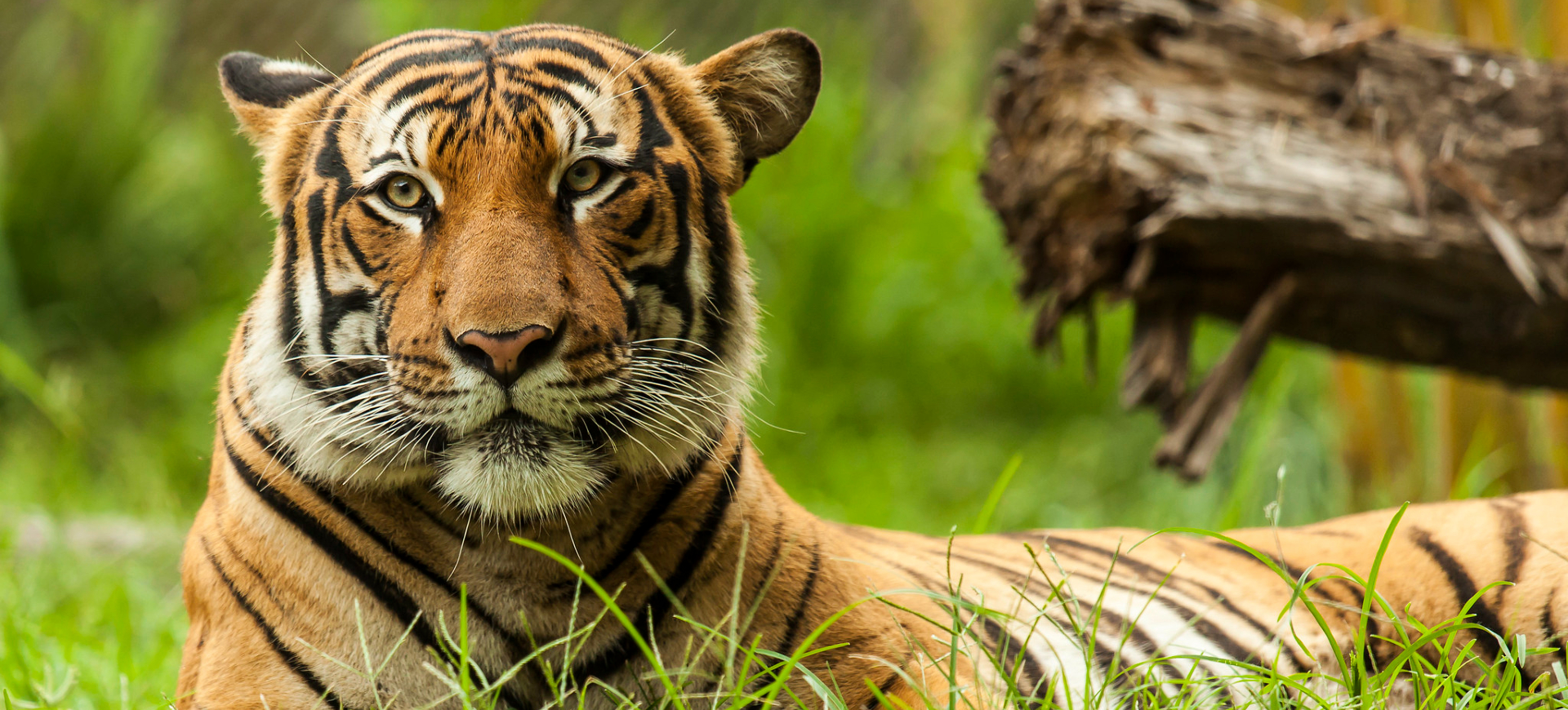

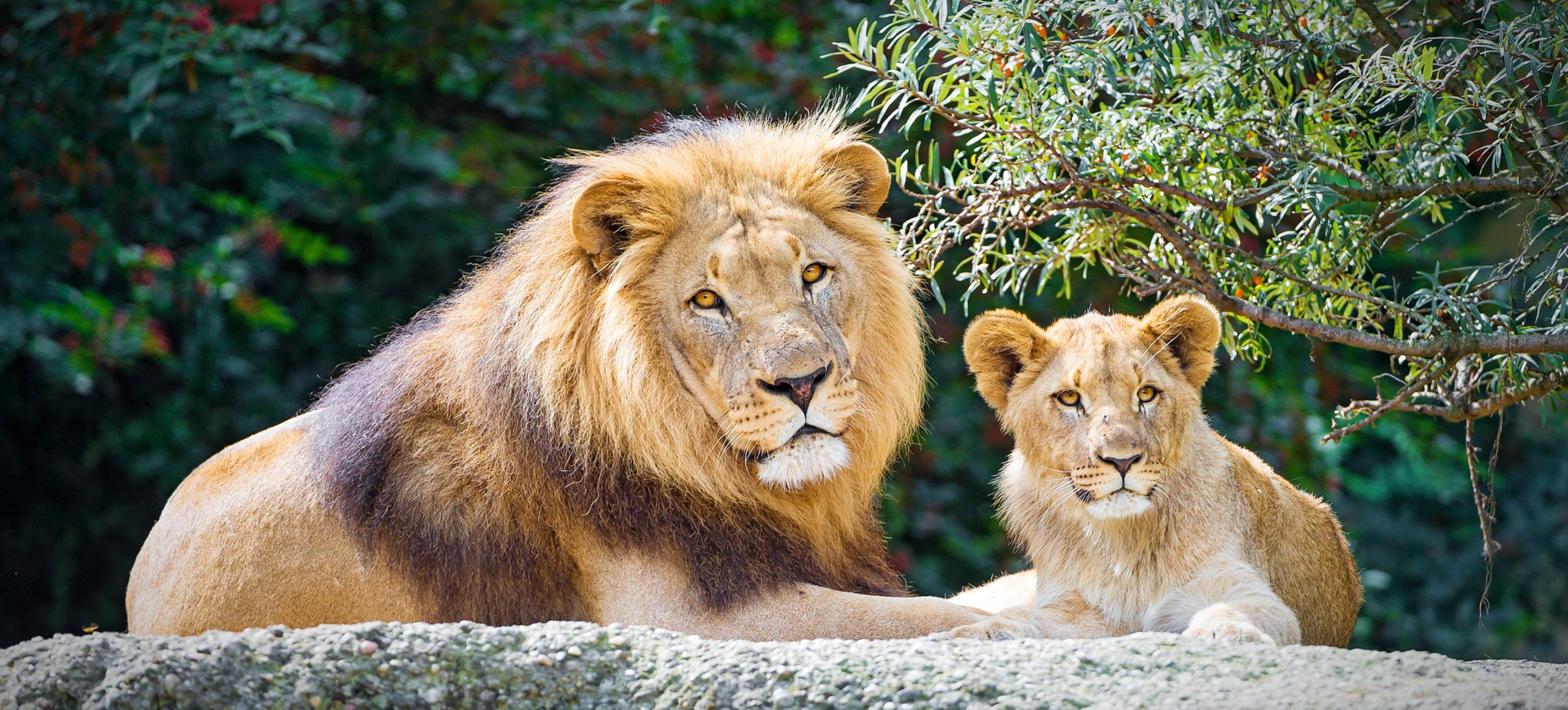
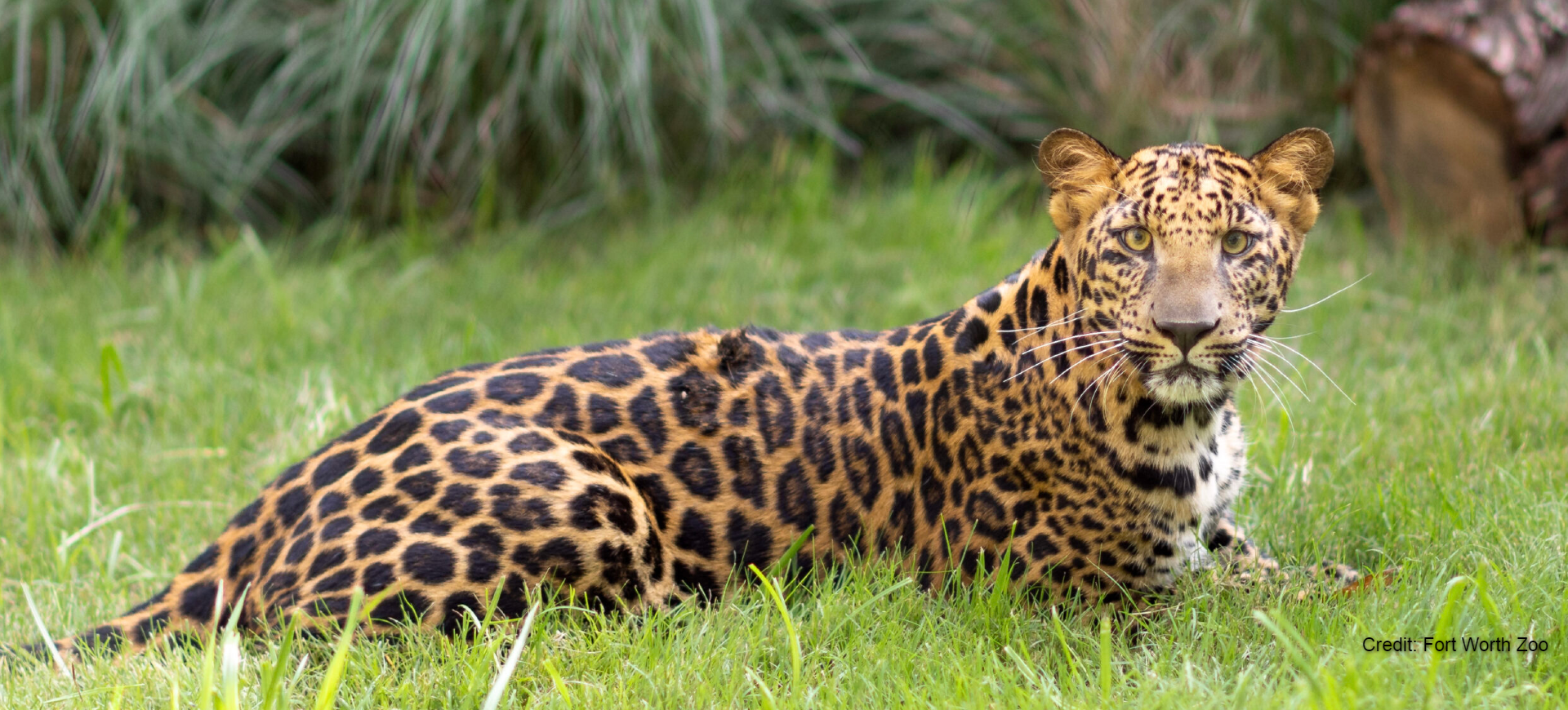
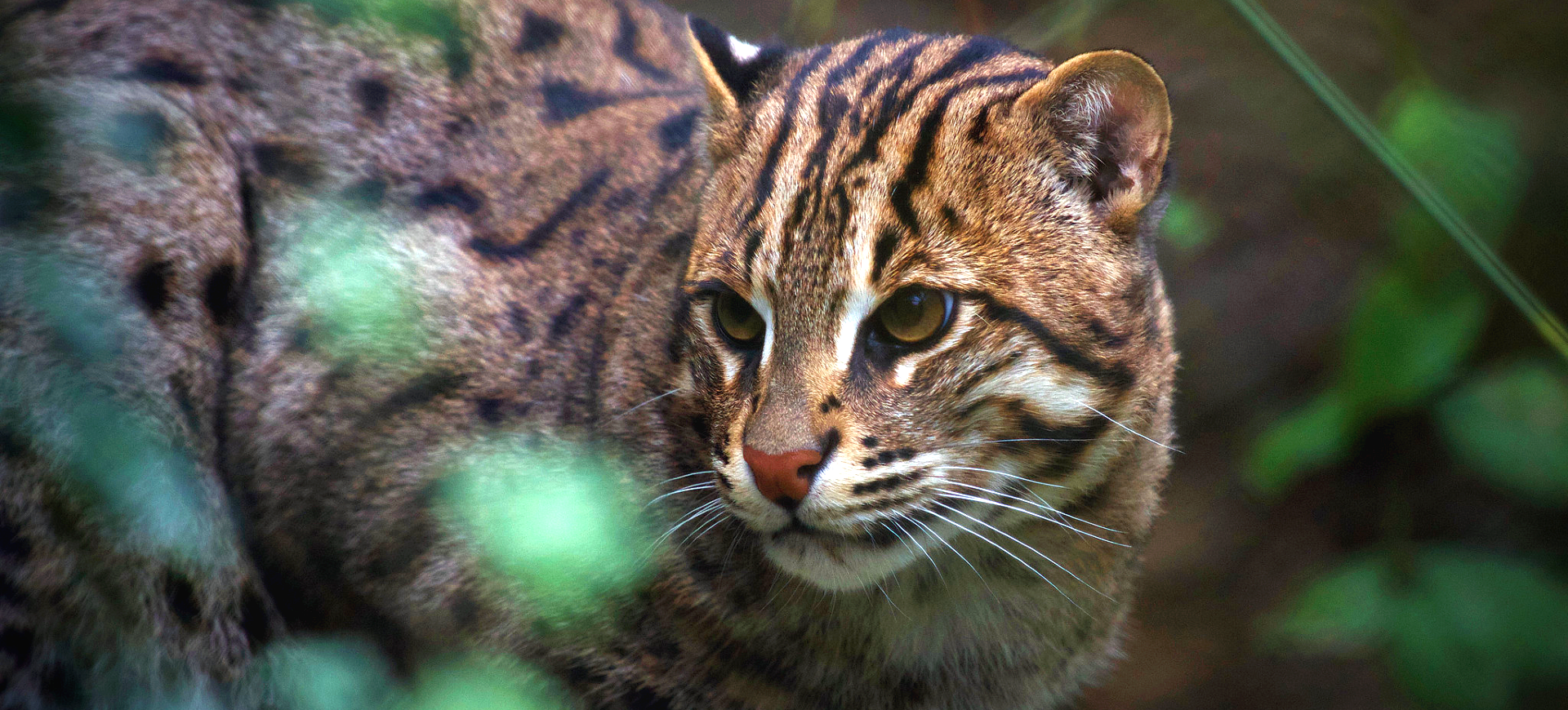





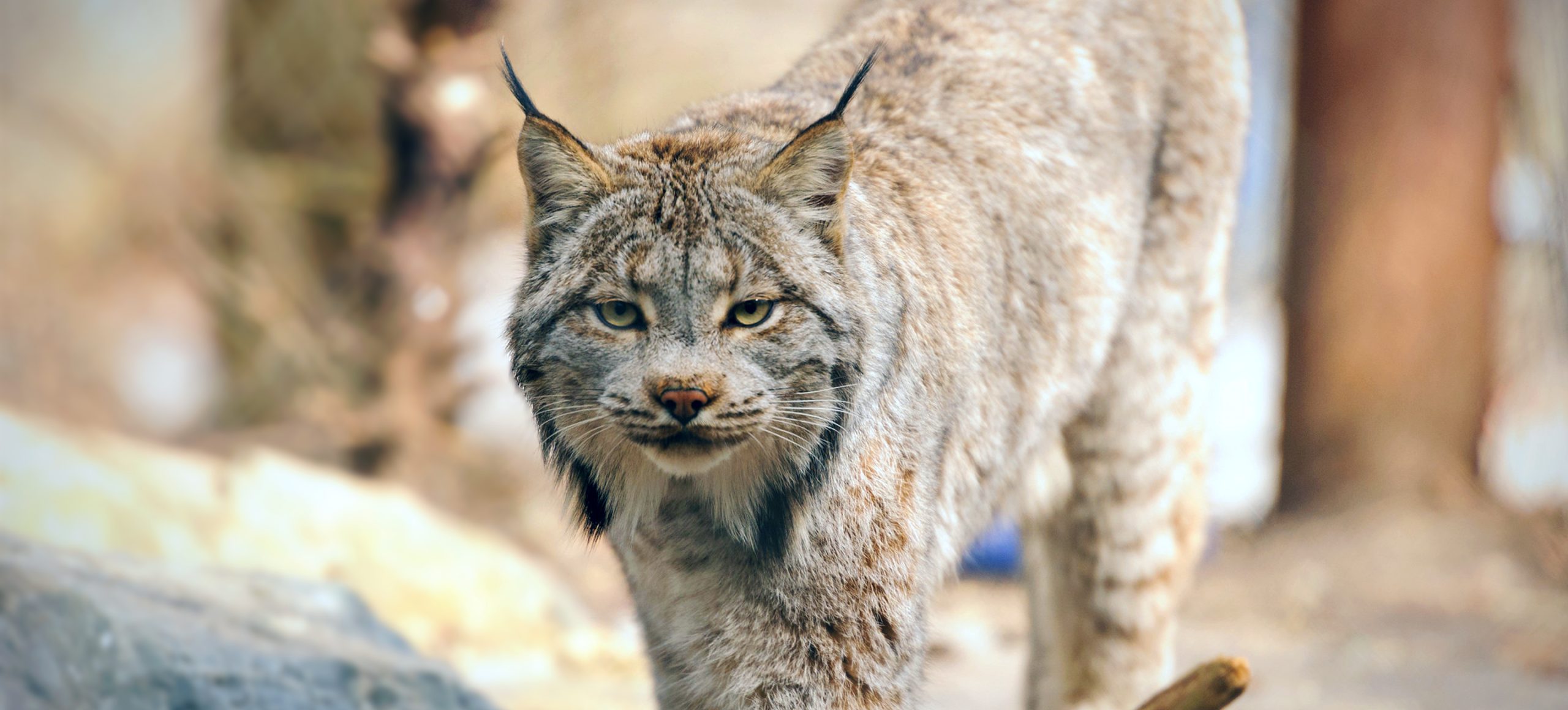


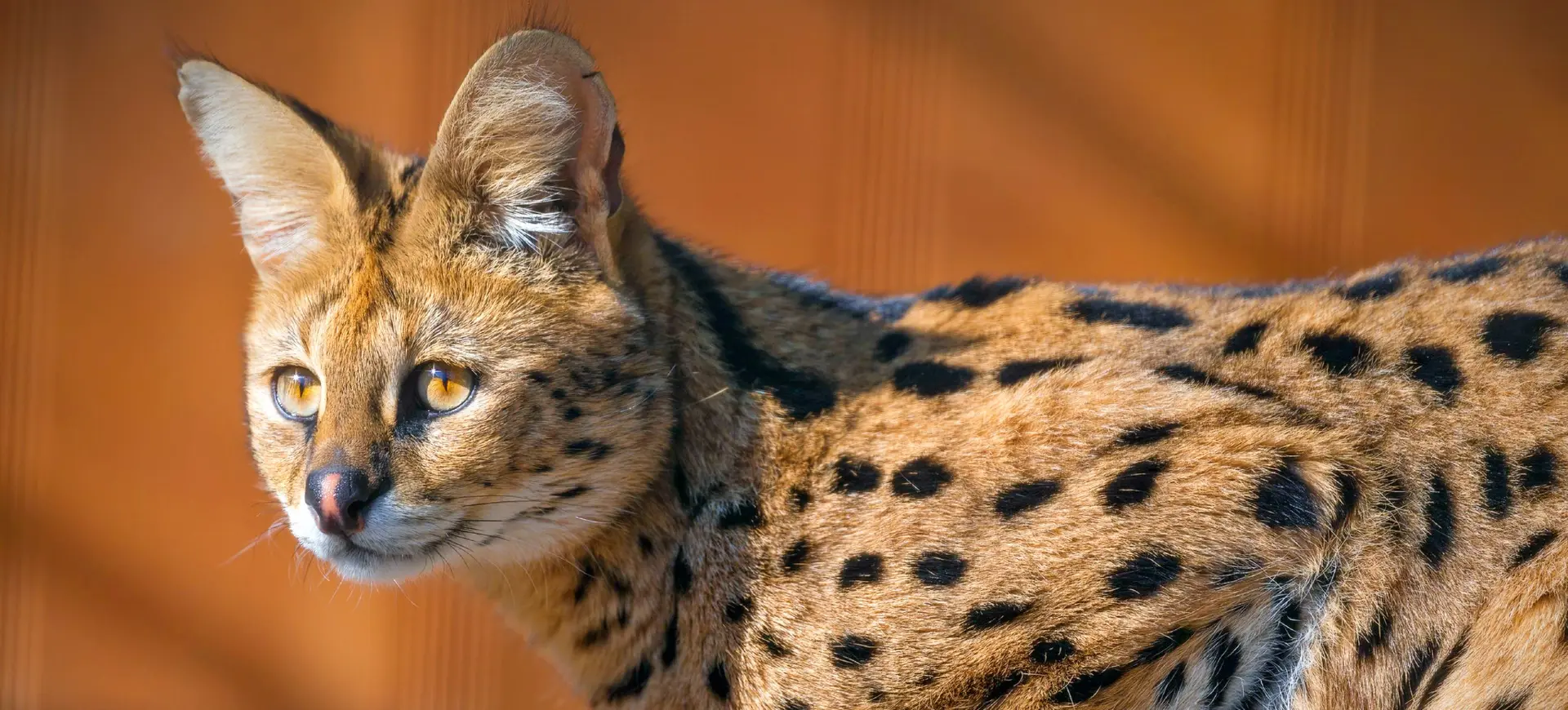

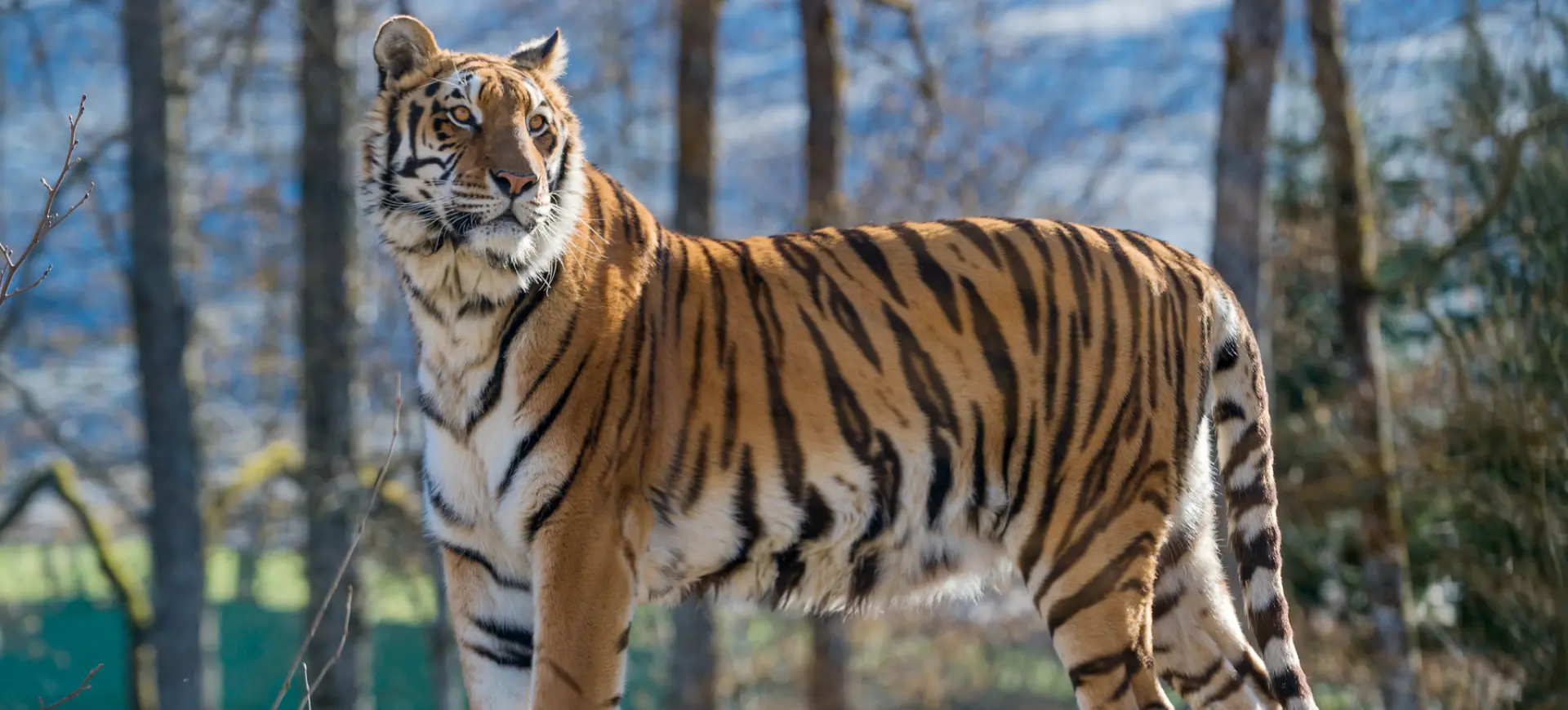
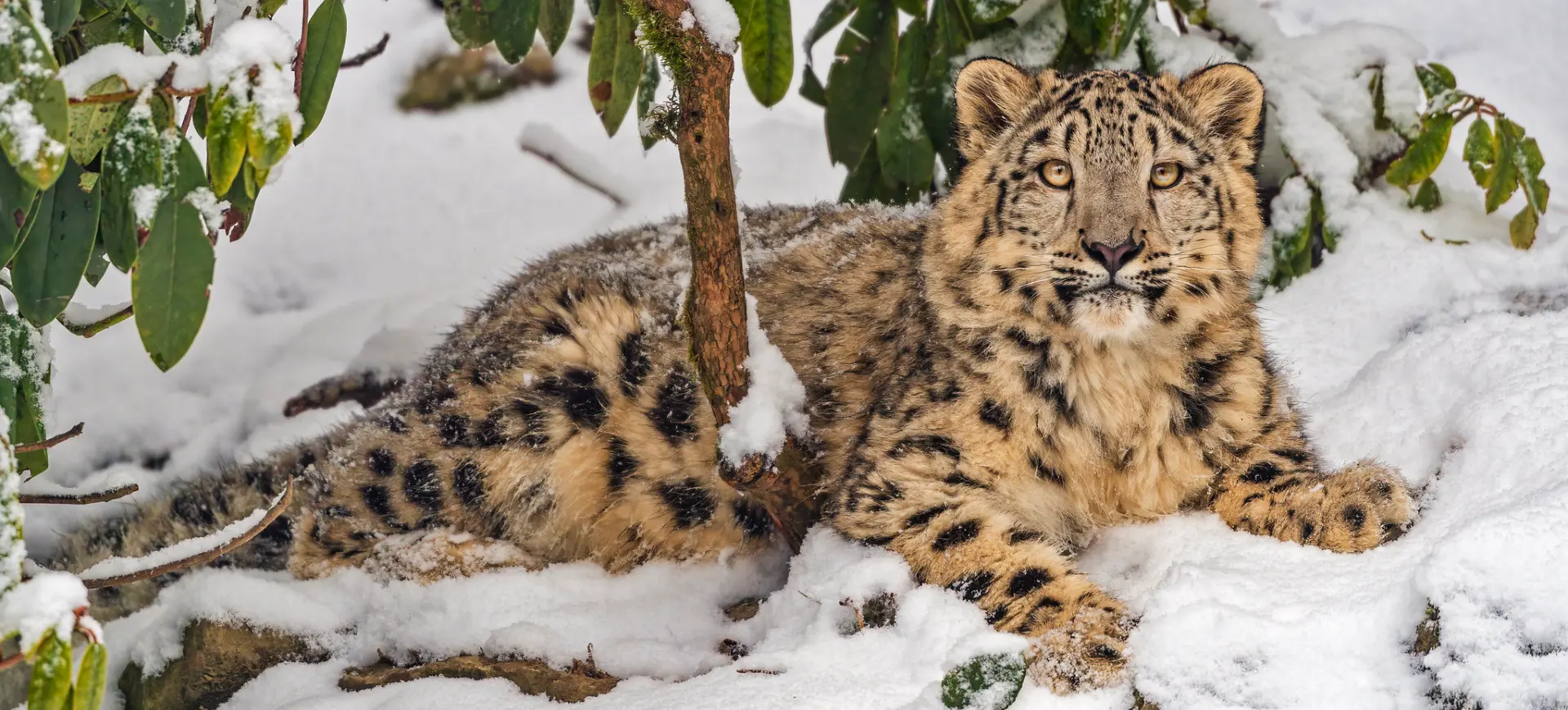


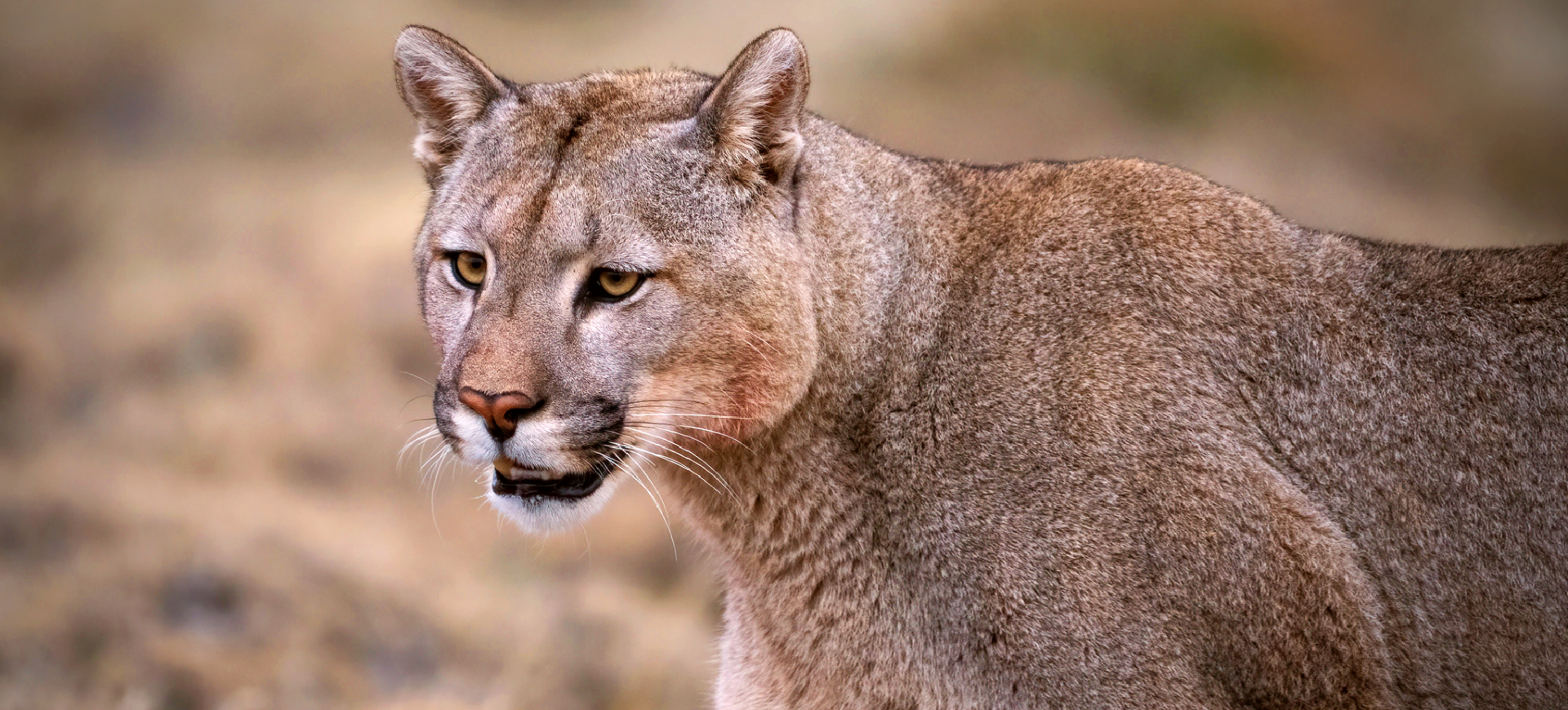


Social Structure Description:
Bobcats are generally solitary animals, particularly outside of the mating season. They are territorial to some extent but may share overlapping home ranges. Bobcats communicate through a variety of vocalizations, including growls and hisses, as well as through scent markings and visual cues like scratching posts.
While they prefer a solitary lifestyle, bobcats are not strictly antisocial. Their territories often overlap, and some social interactions can occur, particularly during the mating season. Mothers are devoted to their young, teaching them survival skills until they can establish their territories.
Groups:
Cluster